#April 30
Text
It’s the last day in April, so tomorrow...

#music#nsync#boy bands#lyrics#it’s gonna be me#it’s gonna be may#april 30#may 1st#justin timberlake#i had to#I couldn’t miss the opportunity to do this#good song too#callmefirefly
2K notes
·
View notes
Text




The Vinyl Countdown: Okay, here's how this works. When it's your turn, you pull a record from the crate in front of you. Then you'll have to get your partner to guess the band or artist listed on that record.
THAT'S MY JAM (2021) presented by Jimmy Fallon
Ep 206 ft. Chloe Bailey & Adam Lambert
#justin timberlake#nsync#it's gonna be may#april 30#chloe bailey#adam lambert#that's my jam#jimmy fallon#tvedit#userstream#userbbelcher#useranimusvox#usernarco#userchelsea#televisiongifs#userladies#dailywoc#mine.gif#detectivechen
313 notes
·
View notes
Text

RIP Wayne Kramer
April 30, 1948 – February 2, 2024
63 notes
·
View notes
Text

honorary raiden drawing for big shell day and for the national mgs holiday that is April 30th woohoo
#mgs#mgs2#big shell day lol#is big shell day even a tag? ok well it is now happy big shell day#metal gear solid#metal gear solid 2#mgs raiden#raiden#april 30#raidenfanclub
204 notes
·
View notes
Text


St. Catherine of Siena
Francesco Vanni (1563–1610)
988 notes
·
View notes
Text
hey guys! its been a while but i just wanted to share i just seen this little project to try and make Julie and The Phantoms into the top 10 in Netflix again!!!
Stream JATP on Netflix on April 30th!!
this is the tiktok i saw, like it and make sure to share it with your friends!! 💜💜💜
#julie and the phantoms#justice for jatp#justice for julie and the phantoms#jatp netflix#jatp#madison reyes#charles gillespie#owen joyner#jeremy shada#netflix#julie and the phantoms netflix#we can save it#april 30#Stream julie and the phantoms
18 notes
·
View notes
Text

Happy April 30th, friends!
828 notes
·
View notes
Text
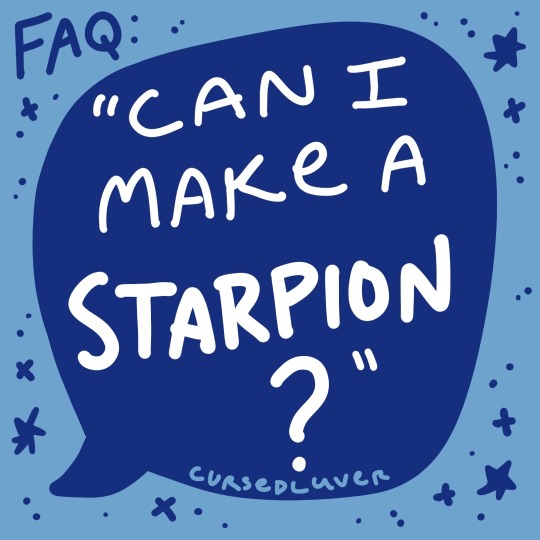
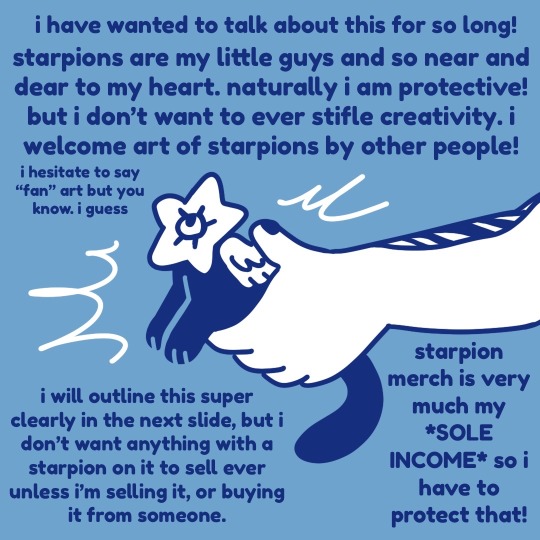





i’ve had many people ask me about drawing starpions/making their own; here is the definitive guide!
basically, go for it, just please tag/credit me and nothing starpion-related can ever be sold.
these little creatures are my intellectual property so i have to be protective of them! however I’ll never get tired of seeing how others draw/make starpions :)
thank you for reading, and for loving starpions !
#shoutout to all my insta followers who read the first slide as “can i make a strap on’’#my art#cursedluver#starpion#starpions#guide#use guide#april 30#2023#comic#art
117 notes
·
View notes
Text
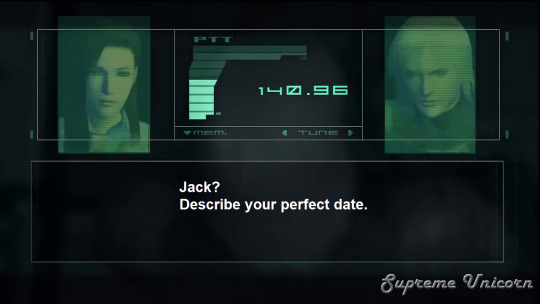
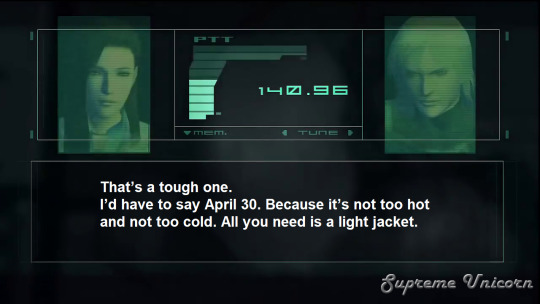
76 notes
·
View notes
Photo

guess what its gonna be
664 notes
·
View notes
Text
Happy 2nd Birthday to
“We Looked at Unus Annus Memes”
603 notes
·
View notes
Text

Muddy Waters
April 4, 1913 – April 30, 1983
38 notes
·
View notes
Text



Happy April 30th!!
#mgs2 sons of liberty#mgs2#mgs#metal gear solid#april 30#mgs fanart#mgs2 fanart#mgs raiden#mgs2 raiden#raiden fanart#digital art#love spamming the hell out of tags
79 notes
·
View notes
Text

The title for 6x07 is Crushed...🙃 Well, that couldn't be more accurate 🥲
#the rookie#the rookie series#the rookie spoilers#the rookie season 6#the rookie s6#6x07#crushed#april 30
14 notes
·
View notes
Text

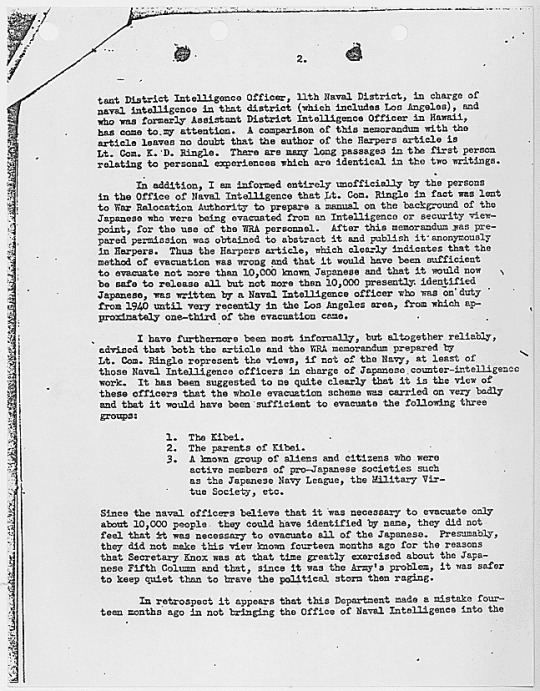


At the beginning of WWII, Naval Intelligence officers concluded that there were around 10,000 Japanese Americans who could pose a threat to the U.S.
Army General DeWitt used his authority to incarcerate 120,000.
U.S. v Korematsu, Exhibit Q, April 30, 1943.
Record Group 21: Records of District Courts of the United States
Series: Criminal Case Files
File Unit: United States v. Korematsu
Transcription:
Edward J. Ennis
Director
Exhibit Q
Department of Justice
Alien Enemy Control Unit
Washington
April 30, 1943
[stamp] DEPARTMENT OF [illegible]
SEP 1[illegible] 1951
DIVISION OF [illegible]
ATTORNEY GENERAL [end stamp]
MEMORANDUM FOR THE SOLICITOR GENERAL
RE: Japanese Brief
Last week with our draft of the [underlined] Hirabayeshi [end underlined] brief I transmitted to Mr. Raum somematerial which I thought he would find helpful in obtaining a background view of the context of this case. In particular, I sent him a copy of Harpers Magazine for October 1942, which contains an article entitled [underlined] The Japanese in America, The Problem and the Solution, [end underline] which is said to be by "An Intelligence Officer". without attempting to summarize this article, it stated among other things that:
1. The number of Japanese aliens and citizens who would act as saboteurs and enemy agents was less than 3,500 throughout the entire United States.
2. Of the Japanese aliens, "the large majority are at least passively loyal to the United States".
3. "The Americanization of Nisei (American-born Japanese) is far advanced."
4. With the exception of a few identified persons who were prominent in pro-Japanese organization the only important group of dangerous Japanese were the Kibei (American-born Japanese predominantly educated in Japan).
5. "The identity of Kibei can be readily ascertained from United States Government records."
6. "Had this war not come along at this time, in another ten or fifteen years there would have been no Japanese problem, for the Issei would have passed on, and the Nisei taken their place naturally in American communities and national life."
This article concludes: "To sum up: The 'Japanese Problem' has been magnified out of its true proportion largely because of the physical characteristics of the Japanese people. It should not be handled on the basis of the [underlined: individual], regardless of citizenship and [underlined: not] on a racial basis." (Emphasis in original.)
I thought this article interesting even though it was substantially anonymous. I now attach much more significance to it because a memorandum prepared by Lt. Con. X. D. Ringle, who has until very recently been Assis-
[handwritten in bottom right corner] #8 [end handwritten]
[page 2]
tant District Intelligence Officer, 1th Naval District, in charge of naval intelligence in that district (which includes Los Angeles), and who was formerly Assistant District Intelligence Officer in Hawaii, has come to my attention. A comparison of this memorandum with the article leaves no doubt that the author of the Harpers article is Lt. Com. K. D. Ringle. There are many long passages in the first person relating to personal experiences which are identical in the two writings.
In addition I am informed entirely unofficially by the persons in the Office of Naval Intelligence that Lt. Com. Ringle in fact was lent to War Relocation Authority to prepare a manual on the background of the Japanese who were being evacuated from an Intelligence or security viewpoint, for the use of the WRA personnel. After this memorandum was prepared permission was obtained to abstract it and publish it anonymously in Harpers. Thus the Harpers article, which clearly indicates that the method of evacuation was wrong and that it would have been sufficient to evacuate not more than 10,000 know Japanese and that it would now be sage to release all but not more than 10,000 presently identified Japanese, was written by a Naval Intelligence officer who was on duty from 1940 until very recently in the Los Angeles area, from which approximately one-third of the evacuation came.
I have furthermore been most informally, but altogether reliably, advised that both the article and the WRA memorandum prepared by Lt. Com. Ringle represent the views, if not of the Navy, at least of those Naval Intelligence officers in charge of Japanese counter-intelligence work. It has been suggested to me quite clearly that it is the view of these officers that the whole evacuation scheme was carried out badly and that it would have been sufficient to evacuate the following three groups:
1. The Kibei.
2. The parents of Kibei.
3. A known group of aliens and citizens who were active members of pro-Japanese societies such as the Japanese Navy League, the Military Virtue Society, etc.
Since the naval officers believe that it was necessary to evacuate only about 10,000 people they could have identified by name, they did not feel that it was necessary to evacuate all of the Japanese. Presumably, they did not make this view known fourteen months ago for the reasons that Secretary Knox was at that time greatly exercised about the Japanese Fifth Column and that, since it was the Army's problem, it was safer to keep quiet than to brave the political storm then raging.
In retrospect it appears that this Department made a mistake fourteen months ago in not bringing the Office of Naval Intelligence into the
[page 3]
controversy. I suppose that the reason that it did not occur to any of us to do this was the extreme position then taken by the Secretary of the Navy.
To have done so would have been wholly reasonable, since by the terms of the so-called delimitation agreement it was agreed that Naval Intelligence should specialize on the Japanese, while Army Intelligence occupied other fields. I have not seen the document, but I have repeatedly been told that Army, before the war, agreed in writing to permit the Navy to conduct its Japanese intelligence work for it. I think it follows, therefore, that to a very considerable extent the Army, in acting upon the opinion of Intelligence officers, is bound by the opinion of the Naval officers in Japanese matters. Thus, had we known that the Navy thought that 90% of the evacuation was unnecessary, we could strongly have urged upon Gen. DeWitt that he could not base a military judgment to the contrary upon Intelligence reports, as he now claims to do.
Lt. Com. Ringle's full memorandum is somewhat more complete than the version published in Harpers and I think you will be interested in reading it. In the past year I have looked at great numbers of reports, memoranda, and articles on the Japanese, and it is my opinion that this is the most reasonable and objective discussion of the security problem presented by the presence of the Japanese minority. In view of the inherent reasonableness of this memorandum and in view of the fact that we now know that it represents the view of the Intelligence agency having the most direct responsibility for investigating the Japanese from the security viewpoint, I feel that we should be extremely careful in taking any position on the facts more hostile to the Japanese than the position of Lt. Com. Ringle. I attach the Department's only copy of this memorandum.
Furthermore, in view of the fact that the Department of Justice is now representing the Army in the Supreme Court of the United States and is arguing that a partial, selective evacuation was impracticable, we must consider most carefully what our obligation to the Court is in view of the fact that the responsible Intelligence agency regarded a selective evacuation as not only sufficient but preferable. It is my opinion that certainly one of the most difficult questions in the whole case is raised by the fact that the Army did not evacuate people after any hearing or on any individual determination of dangerousness, but evacuated the entire racial group. The briefs filed by appellants in the Ninth Circuit particularly pressed the point that no individual consideration was given, and I regard it as certain that this point will be stressed even more, assuming that competent counsel represent appellants, in the Supreme Court. Thus, in one of the crucial points of the case the Government is forced to argue that individual, selective evacuation would have been impractical and insufficient when we have positive knowledge that the only Intelligence agency responsible for advising Gen. DeWitt gave him advice directly to the contrary.
[page 4[
In view of this fact, I think we should consider very carefully whether we do not have a duty to advise the Court of the existence of the Ringle memorandum and of the fact that this represents the view of the Office of Naval Intelligence. It occurs to me that any other course of conduct might approximate the suppression of evidence.
As I have said, my information that the Ringle memorandum represents the view of the Office of Naval Intelligence has come to me informally. I feel, therefore, that we have an obligation to verify my informal information. I believer that we should address an inquiry to the Secretary of the Navy, making reference to the Ringle memorandum, and stating that we have been advised that this represents the Navy's view and asking the Secretary if in fact the views of ONI, at the time of the evacuation, coincided with Com. Ringle's.
The Ringle memorandum originally came into my possession from WRA and we noticed the parallel between the memorandum and the article in this office. Attorneys for WRA furthermore are among the persons who have advised us that the Ringle memorandum represents the official Navy view. In view of the fact that any other information which I have obtained is highly confidential, I would prefer to refer in a letter to Secretary Knox only to WRA.
I have prepared for your consideration a draft of a letter which you might wish to send to Mr. Knox.
Edward J. Ennis
Director, Alien Enemy Control Unit
Attachment
#archivesgov#April 30#1943#World War II#WWII#Japanese American incarceration#Japanese internment#Asian American history#Japanese American history#US v Korematsu
63 notes
·
View notes